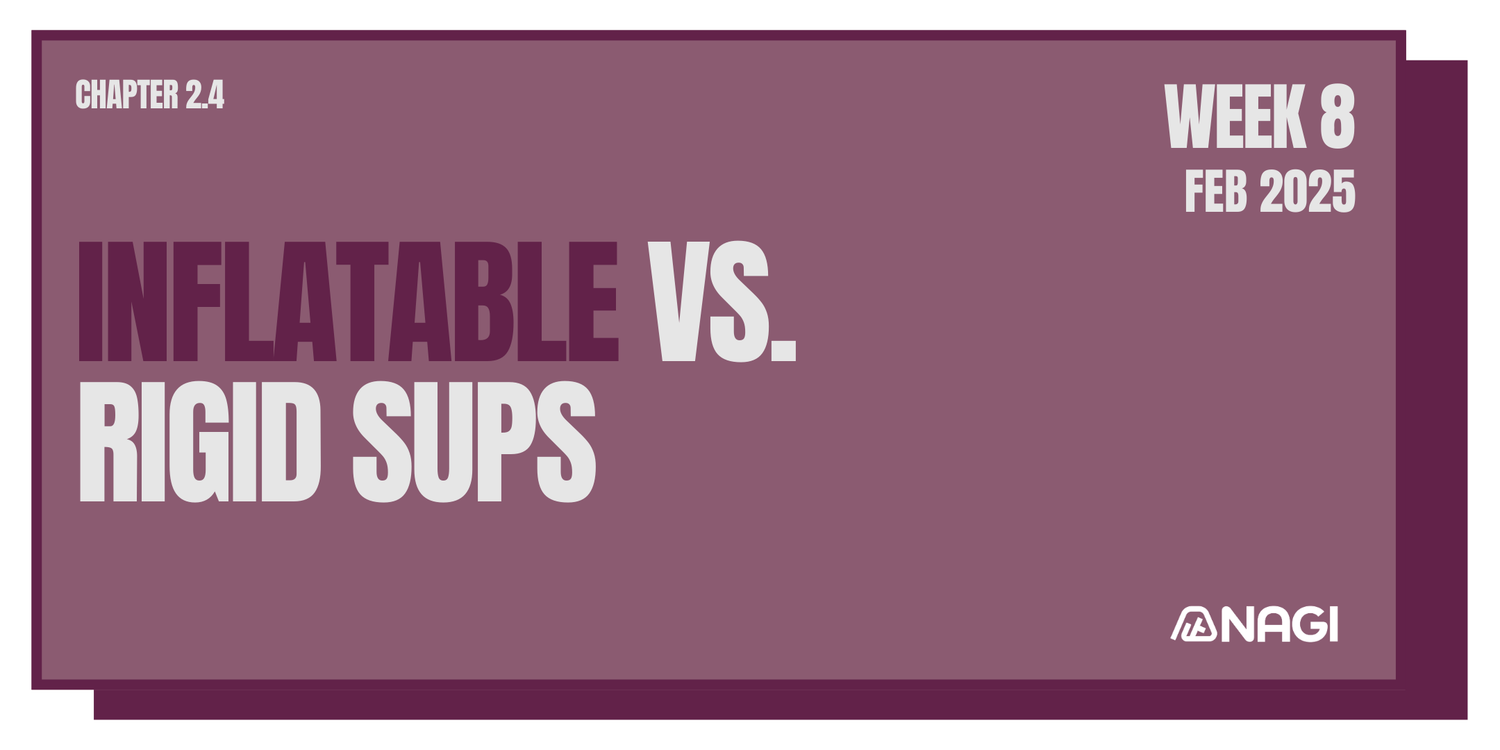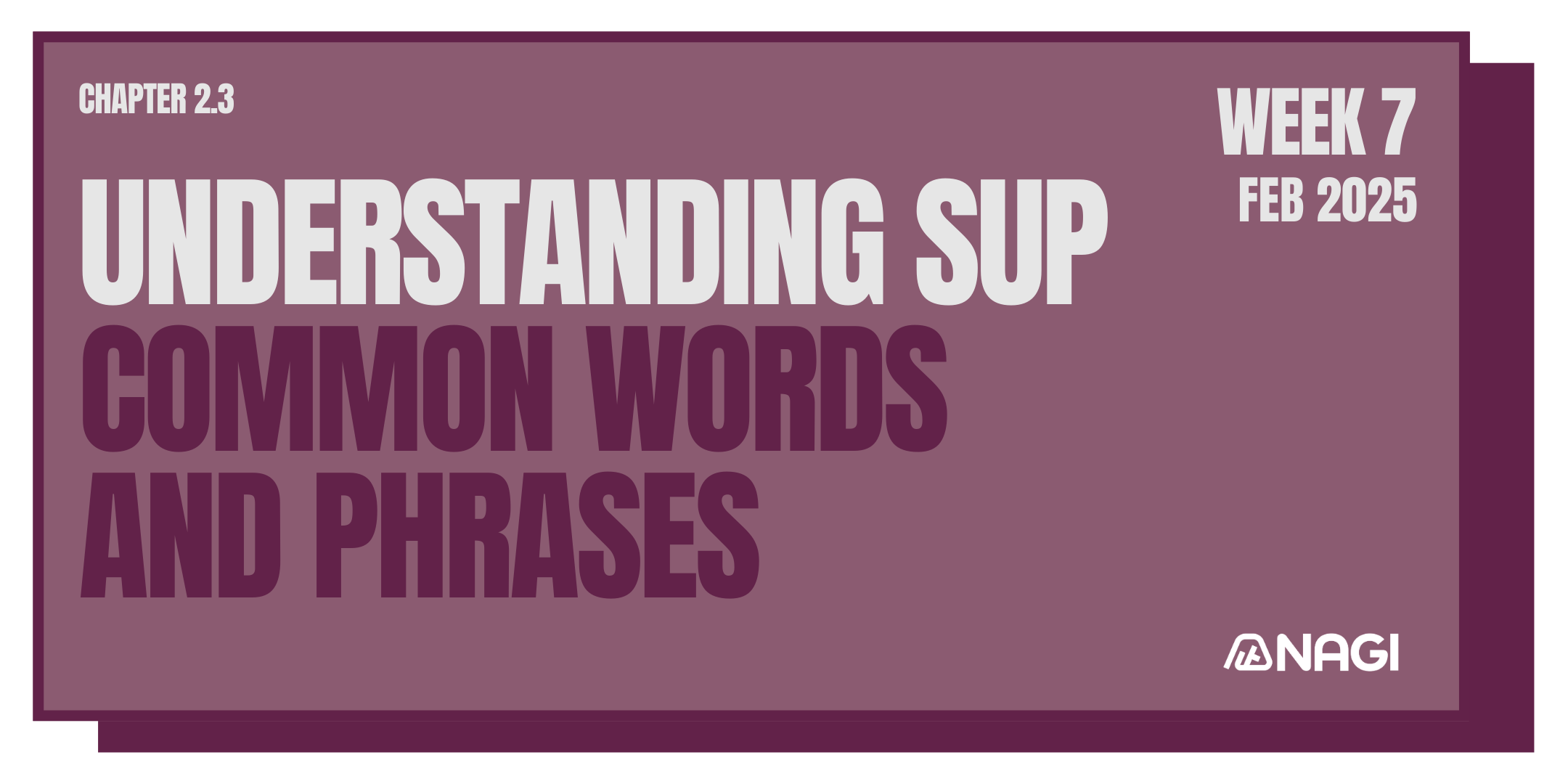Stand-up paddleboarding (SUP) has become increasingly popular in recent years, offering a fun and relaxing way to enjoy the water. When choosing a SUP board, one of the main decisions you'll face is whether to go for an inflatable or rigid board. In this blog post, we'll explore the pros and cons of each type to help you make an informed decision.
Why Are There Differences Between Inflatable and Rigid SUPs?
The primary differences between inflatable and rigid SUPs stem from their construction materials and design:
- Materials: Rigid SUPs are typically made from materials like fiberglass, carbon fiber, or epoxy-coated foam, while inflatable SUPs are constructed from durable, flexible materials like PVC or dropstitch fabric.
- Structure: Rigid SUPs have a solid, unchanging shape, whereas inflatable SUPs can be inflated and deflated, altering their form for storage and transport.
- Design considerations: The design of each type is optimized for its unique characteristics. Rigid SUPs focus on performance and hydrodynamics, while inflatable SUPs prioritize durability and portability.
These fundamental differences lead to varying performance characteristics, portability, and use cases for each type of SUP.

Inflatable SUPs
Pros:
- Portability: Inflatable SUPs can be deflated and packed into a backpack, making them easy to transport and store.
- Durability: Surprisingly resistant to dings and scratches, often more so than rigid boards.
- Versatility: Suitable for various water conditions and skill levels.
- Softer surface: More forgiving if you fall, making them great for beginners.
Cons:
- Setup time: Requires inflation before use, which can take 5-10 minutes.
- Performance: May not perform as well as rigid boards in choppy conditions or for high-performance activities.
- Maintenance: Need to be dried thoroughly before storage to prevent mold.
Rigid SUPs
Pros:
- Performance: Generally offer better speed, maneuverability, and stability, especially in rougher waters.
- Immediate use: No setup required - just grab and go.
- Durability: Can last for many years with proper care.
- Aesthetics: Often considered more visually appealing.
Cons:
- Transportation: Require a roof rack or large vehicle for transport.
- Storage: Need significant space for storage when not in use.
- Cost: Generally more expensive than inflatable options.
- Fragility: More susceptible to dings and cracks from impacts.
Conclusion
Choosing between an inflatable and rigid SUP depends on your specific needs, storage capabilities, and intended use. Inflatable SUPs offer unmatched portability and versatility, making them ideal for travelers or those with limited storage space. Rigid SUPs, on the other hand, provide superior performance and are better suited for more experienced paddlers or those looking to push their skills to the next level.
Ultimately, both types of SUPs can provide an enjoyable experience on the water. Consider your priorities and how you plan to use your SUP most often when making your decision. Whichever you choose, you'll be joining a growing community of SUP enthusiasts and enjoying a fantastic water sport!
In our next blog post, we'll dive into the fundamental skills of paddleboarding. We'll cover essential techniques that every beginner should master to ensure a safe and enjoyable experience on the water. Stay tuned for "Week 9: Mastering the Basics of Stand-Up Paddleboarding" where we'll explore topics such as:
- Proper stance and balance on the board
- Efficient paddling techniques
- Turning and maneuvering your SUP
- Safety practices and etiquette on the water
Whether you've chosen an inflatable or rigid SUP, these skills will form the foundation of your paddleboarding journey. Get ready to enhance your SUP experience and build confidence on the water!



